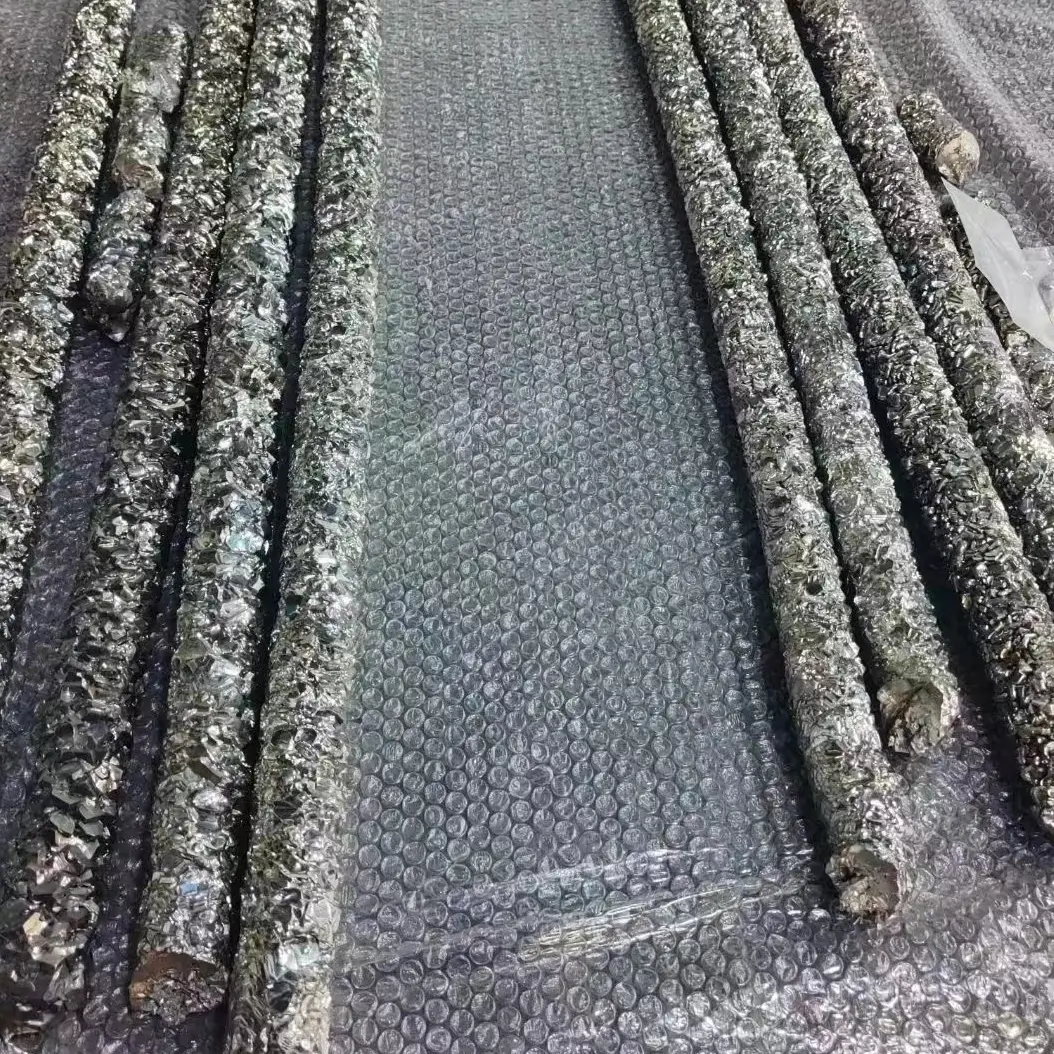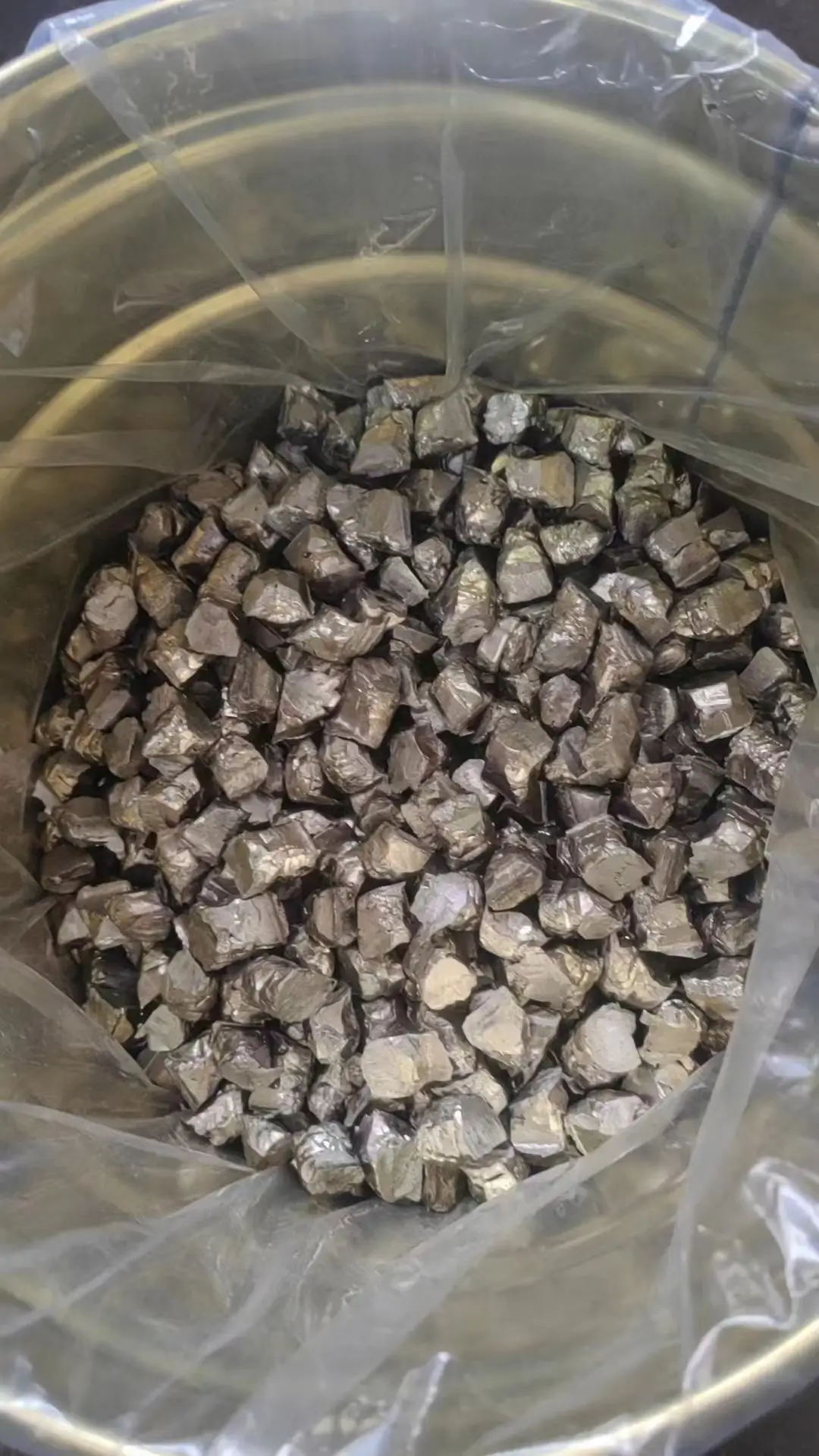Fancymetal offers high purity (customizable) metal products, as well as oxides, sputtering targets, foils, plates, wires, tubes, rods, powders.
Hafnium is a silvery grey metal with a metallic luster; there are two variants of hafnium metal: α-hafnium is a hexagonal close-packed variant (1750°C), which has a higher transition temperature than zirconium. Hafnium metal has isotropic variants at high temperatures.
Hafnium metal has a high neutron absorption cross section and can be used as a reactor control material.
Applications:
✔ Used as a cathode for X-ray tubes, alloys of hafnium and tungsten or molybdenum are used as electrodes for high voltage discharge tubes
✔ Pure hafnium has plasticity, easy processing, high temperature and corrosion resistance, is an important material for the atomic energy industry
✔ Hafnium powder can be used as rocket propellant. It can be used as cathode for X-ray tubes in the electrical industry
✔ Alloys can be used as rocket nozzles and frontal protection for glide re-entry vehicles
✔ Hafnium elements are also used in the latest intel 45nm processors
Chemical properties:
Hafnium is chemically very similar to zirconium, with good corrosion resistance and is not easily attacked by general aqueous acid and alkali solutions; it is readily soluble in hydrofluoric acid and forms fluorine complexes. At high temperatures, hafnium can also be combined directly with oxygen, nitrogen and other gases to form oxides and nitrides.
Advantages:
✔Strict quality control of raw materials and processes
✔Fast delivery time
✔Good service attitude.
✔Technical support: 24 hours via email
History:
In 1923, the Swedish chemist Hevesi and the Dutch physicist D. Koester discovered the element hafnium in zircon from Norway and Greenland and named it hafnium, after the Latin name for the city of Copenhagen, Hafnia.
In 1925, Hevesi and Köster separated out zirconium and titanium by fractional crystallisation of fluoride-containing complex salts to obtain pure hafnium salts; and reduced the hafnium salts with sodium metal to obtain pure hafnium metal.
Hevesi produced a sample of several milligrams of pure hafnium.


